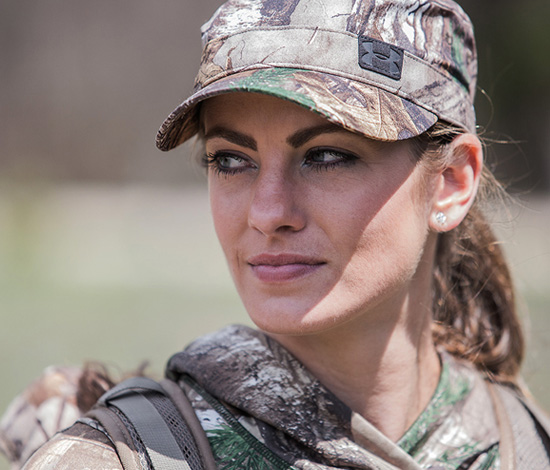Tips to Help ID Waterfowl on the Wing
In recent years I began waterfowl hunting and quickly realized how difficult it is for a beginner to be able to identify waterfowl in the field, and how important it is when over decoys.
Yes, if you show me a picture of a duck I can identify it immediately. However as with most things in life, learning about it through books and actually testing knowledge in the field when birds are flying at various distances and lighting conditions, it is a whole different ball game! My first couple of trips to the blind resulted in me being more of an observer; watching and learning how to identify each duck as they flew past our setup.
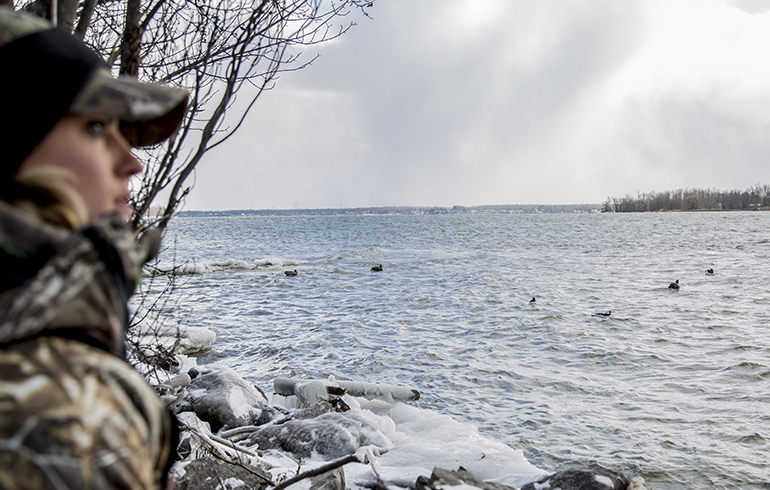
The simple act of observing birds allowed me to gain confidence when identifying waterfowl. As a hunter we must make sure that we can properly identify our game to help ensure proper harvest limits and avoid wantonly wasting any undesired birds. I’ve found that learning to identify ducks adds to the enjoyment of waterfowling. Even now, I sometimes find myself bird watching and observing nature rather than shooting!

Here are some tips I’ve picked up so far that may be useful to you:
Overall
When distinguishing one species from another is it important to start with the basics and take note of the size, shape, wing beat, colors, sound, and flock behavior of each bird.
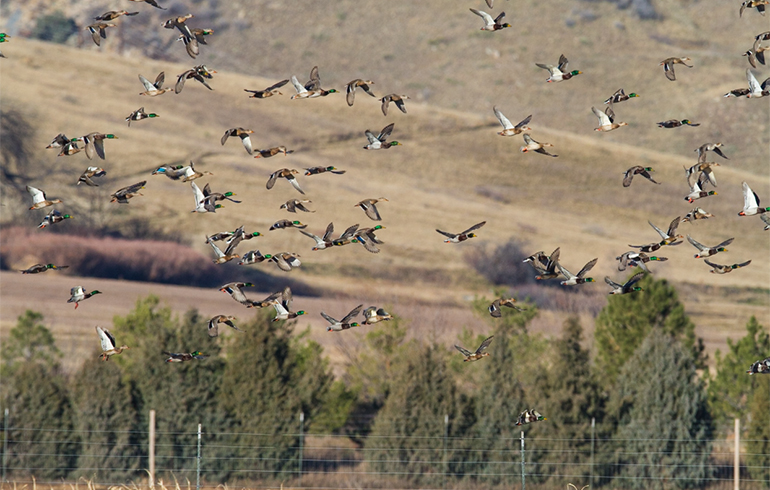
Flock Behavior
Flock behavior is a great clue when identifying waterfowl species. For instance: when flying, mallards, pintails and widgeon form loose groups. Teal and shovelers fly in fast compact groups. Cans shift v’s to waving lines while mergansers typically move in strong, direct “follow the leader”lines that are low to the water.
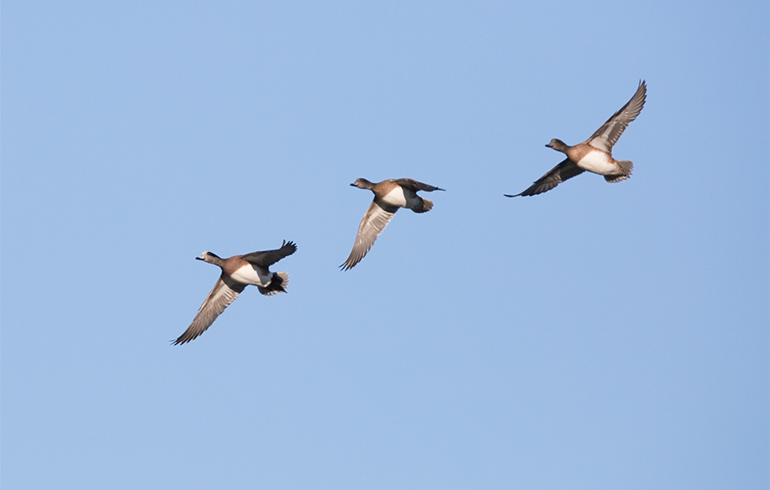
Silhouettes
When lighting is good and birds are close, plumage color will help you identify the species. I found, however, that this is not always the case. Often times a single bird will fly by and be silhouetted. In this case it is important to look at variations of neck length, head shape, size of the body, and length of birds’ wings and tails.
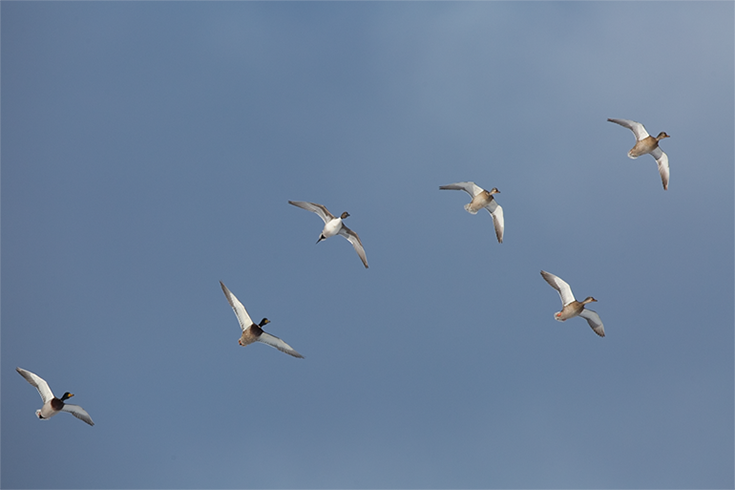
Listen
The sound of duck wings can help you identify them as much as their calls. For example, a goldeneye’s wings make a whistling sound; this is how they get the nickname “whistler.” Wood ducks move with a swish, and canvasbacks make a steady rushing sound. Since diver ducks wing’s are smaller in proportion to the size and weight of their bodies, they have a more rapid wingbeat than a puddle duck.
Being fairly new to waterfowl hunting these are just a few things I picked up on. I am looking forward to becoming a more experienced waterfowler this season and sharing behaviors and tips as I learn them.
As always, I love hearing your feedback, if you found this article helpful please share it and if you have any tips or tricks to share with me, please comment below.
